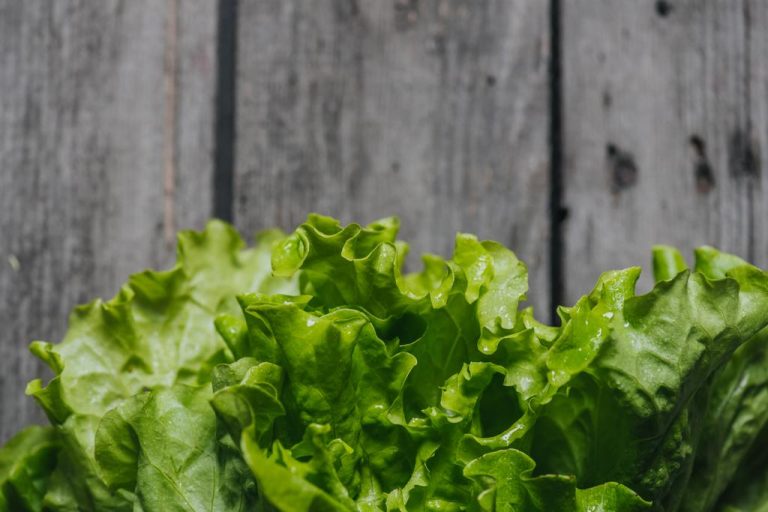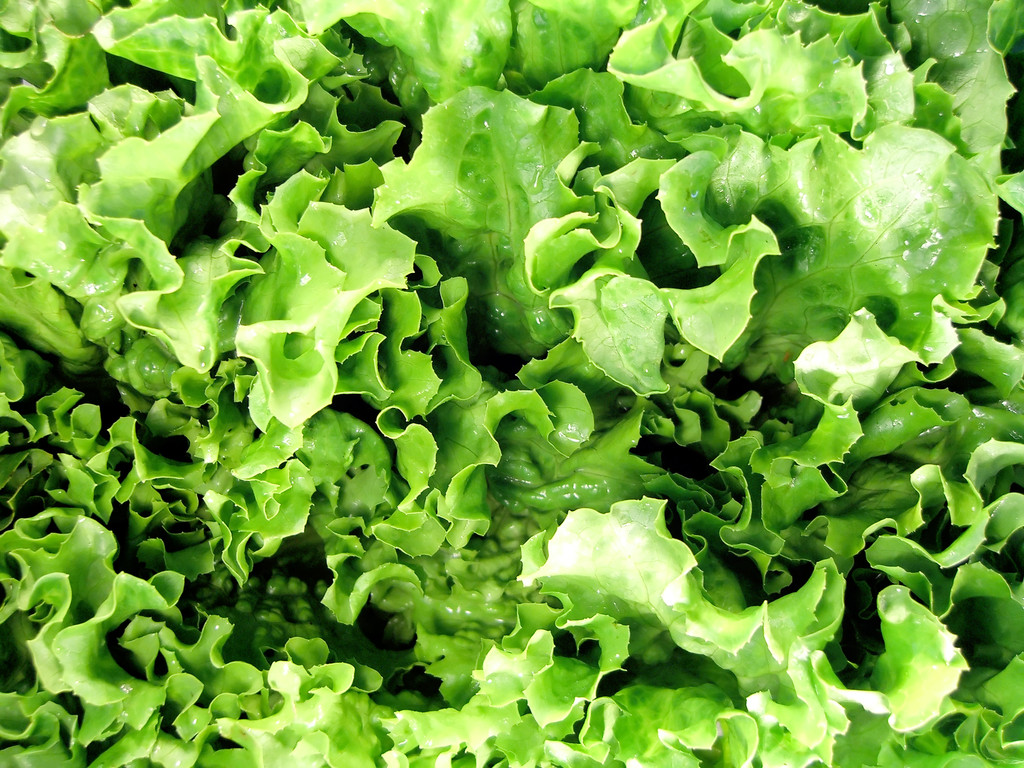Are you looking for a dressing for lamb’s lettuce to spice it up a bit? Whether fruity, spicy or creamy: We have three delicious recipe ideas for lamb’s lettuce salad dressings.
Especially in winter, the body is happy about fresh food. Lamb’s lettuce is particularly welcome here as it is in season during the winter months.
Fiery lamb’s lettuce with lemon and chilli dressing

A dressing with chili also warms you up from the inside and really cheers you on during the cold season. Combined with fresh lemon as a vinegar substitute, you have a vitamin boost.
For the lemon and chilli dressing (for approx. 200g lamb’s lettuce) you need the following organic ingredients:
salt and pepper
½ tsp sweet mustard
4 tablespoons high-quality salad oil (e.g. a mixed oil made from sesame, sunflower and soybean oil)
3 tbsp freshly squeezed lemon juice
¼ – ¾ tsp chili powder, depending on how spicy you want it
some water
Whisk all the ingredients together with a whisk, then pour over the lamb’s lettuce. The sweet mustard balances the hot chilli powder and gives the lamb’s lettuce dressing a thick consistency.
Honey-mustard salad dressing for lamb’s lettuce
A honey-mustard dressing goes very well with the nutty and mild-tasting lamb’s lettuce. Mustard adds that certain something with its spiciness and the honey rounds it off with its sweetness – an ideal combination for your lamb’s lettuce dressing.
Ingredients for the lamb’s lettuce dressing (for approx. 200g lamb’s lettuce):
salt and pepper
2 tsp mustard
1 tsp honey
1 finely chopped shallot
4 tbsp salad oil
Mix all the ingredients with a whisk or a whisk. If you are using an electric mixer, add the shallot after mixing. You can round off your salad with roasted pine nuts or a salad seed mixture of sunflower seeds, pumpkin seeds, sesame and pine nuts.
Fruity walnut raspberry dressing

Fresh lamb’s lettuce can also be excellently combined with a fruity touch of raspberries and a good portion of omega 3 in the form of walnuts and walnut oil. The recipe uses raspberry jam, which you can certainly replace with thawed raspberries from the summer months and thus have a slightly healthier version.
For the fruity lamb’s lettuce dressing (for approx. 200g of lettuce) you will need:
salt and pepper
1 tsp mustard
2 tbsp water
3 tbsp walnut oil
1 tbsp raspberry jam, alternatively 2 tbsp frozen raspberries, defrosted
1 handful of walnut kernels
Preparation: Press the raspberry jam or the defrosted raspberries through a fine sieve with a spoon so that the small seeds do not end up in the salad dressing. Then mix all the other ingredients except for the walnuts with a whisk and pour them over the lamb’s lettuce. Garnish everything with the walnuts and your raspberry dressing is ready.
Notes on the ingredients
It is also important to pay attention to organic quality when it comes to lamb’s lettuce in order to avoid chemical-synthetic pesticides. Of course, the best thing is to simply grow lamb’s lettuce in your own garden or on the balcony: Sow lamb’s lettuce: you have to bear this in mind when sowing .





